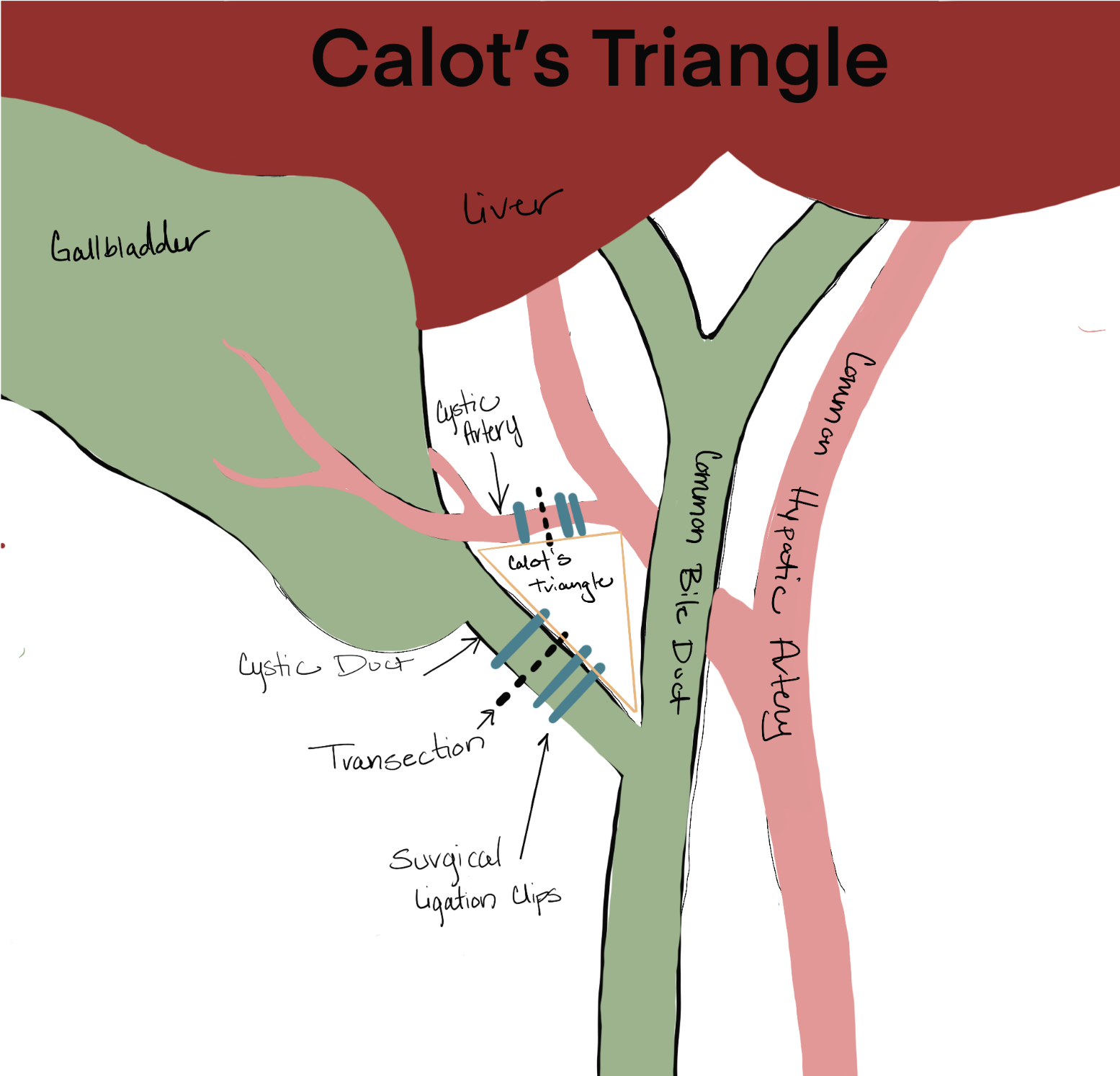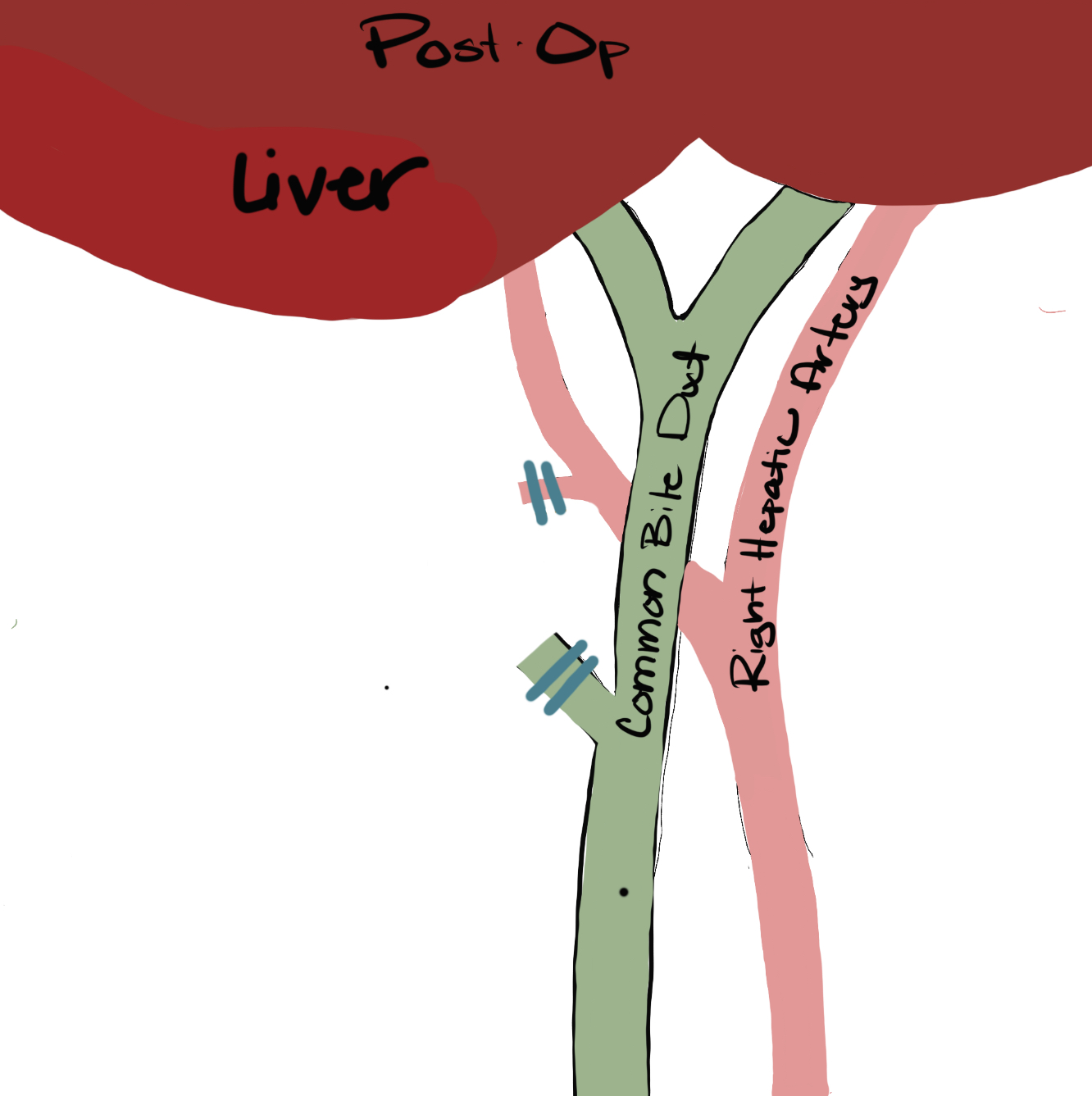The gallbladder lies affixed to the underside of the liver and is a storage vessel for bile produced by the liver. Bile travels through the biliary system consisting of the liver, gallbladder, and pancreas, then empties into the small intestine, where it is essential for the digestion of fats. Physiological imbalances in the biliary tree can produce gallstones or biliary sludge, causing a biliary obstruction and resulting in surgical intervention. Laparoscopic cholecystectomy is a minimally invasive surgical procedure to remove the gallbladder. Postoperatively the liver continues to produce bile, but without the gallbladder, bile drains into the small intestine through the common bile duct.




Lindsey Smith did her STEAM project on laparoscopic cholecystectomy. Lindsey’s description writes of the biliary system and the jobs that this system has. Lindsey also wrote of how physiological imbalances can lead to needing surgical intervention. If surgical interventions do happen then the bile goes into the small intestine now. Lindsey’s illustration was good, helpful to have different routes color coded and labeled.